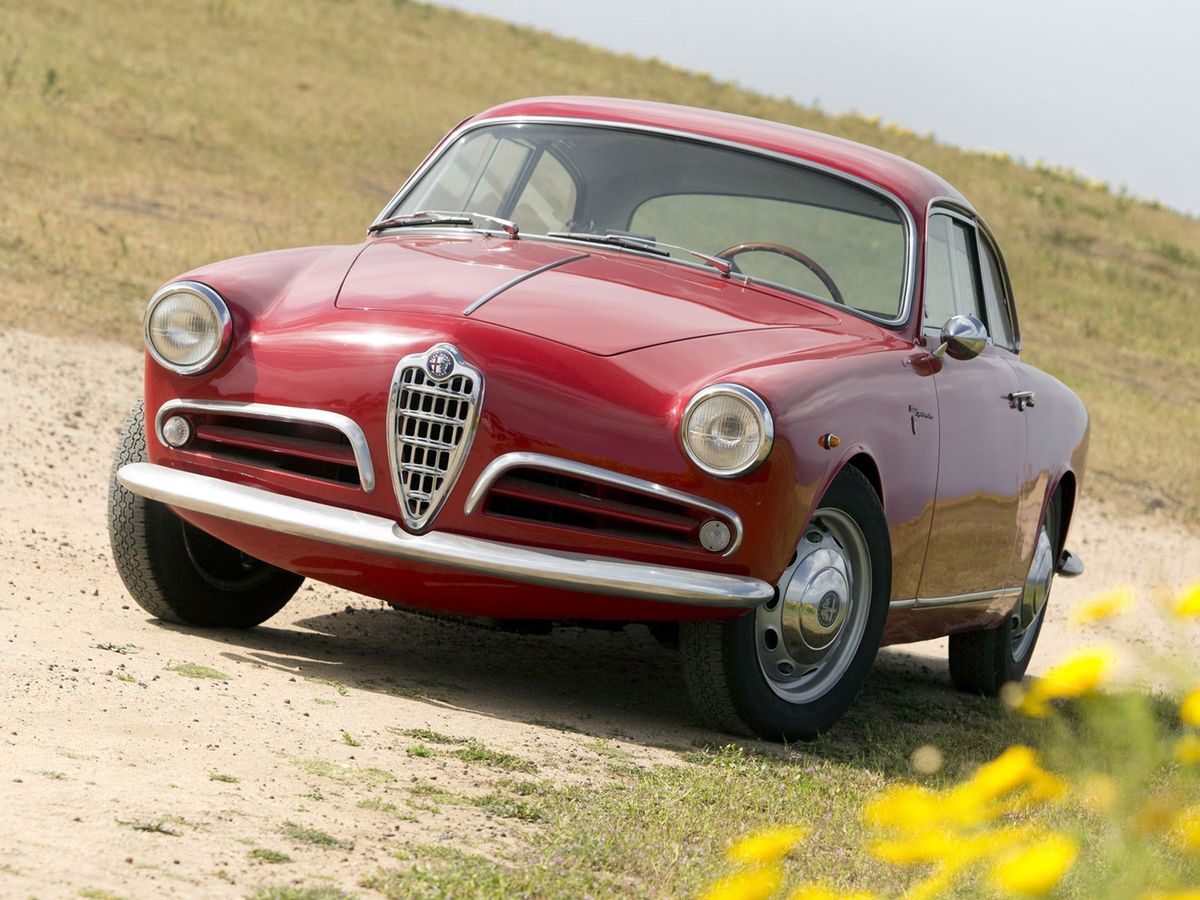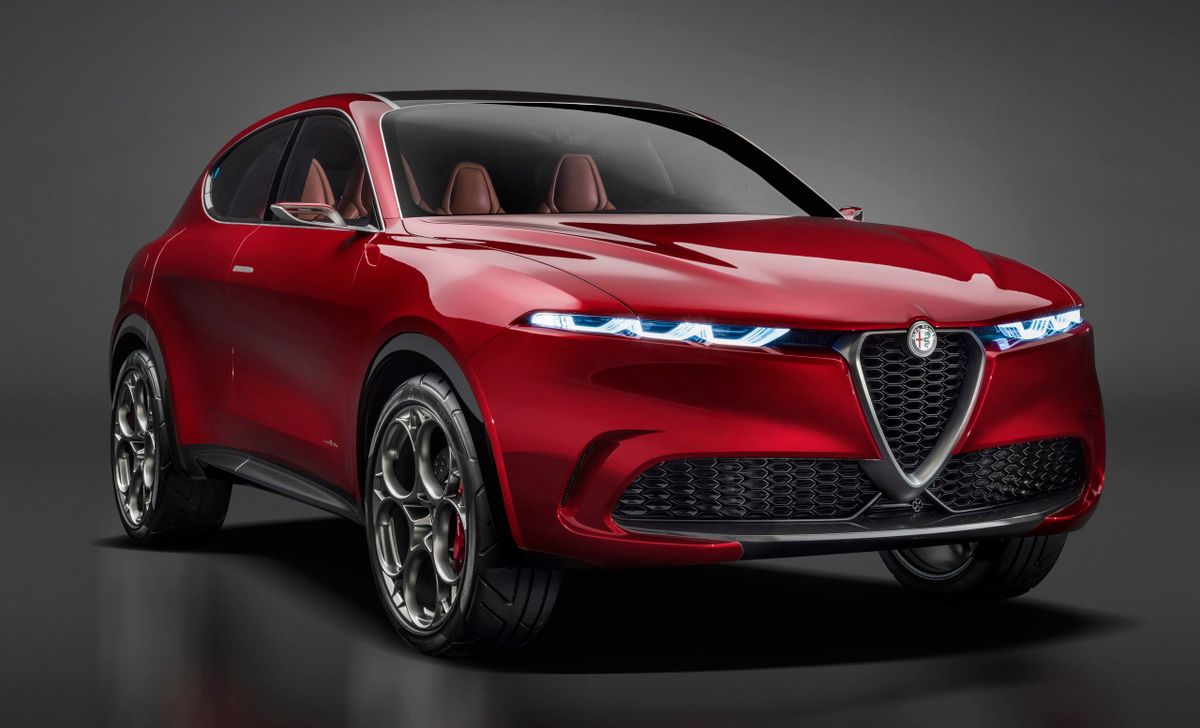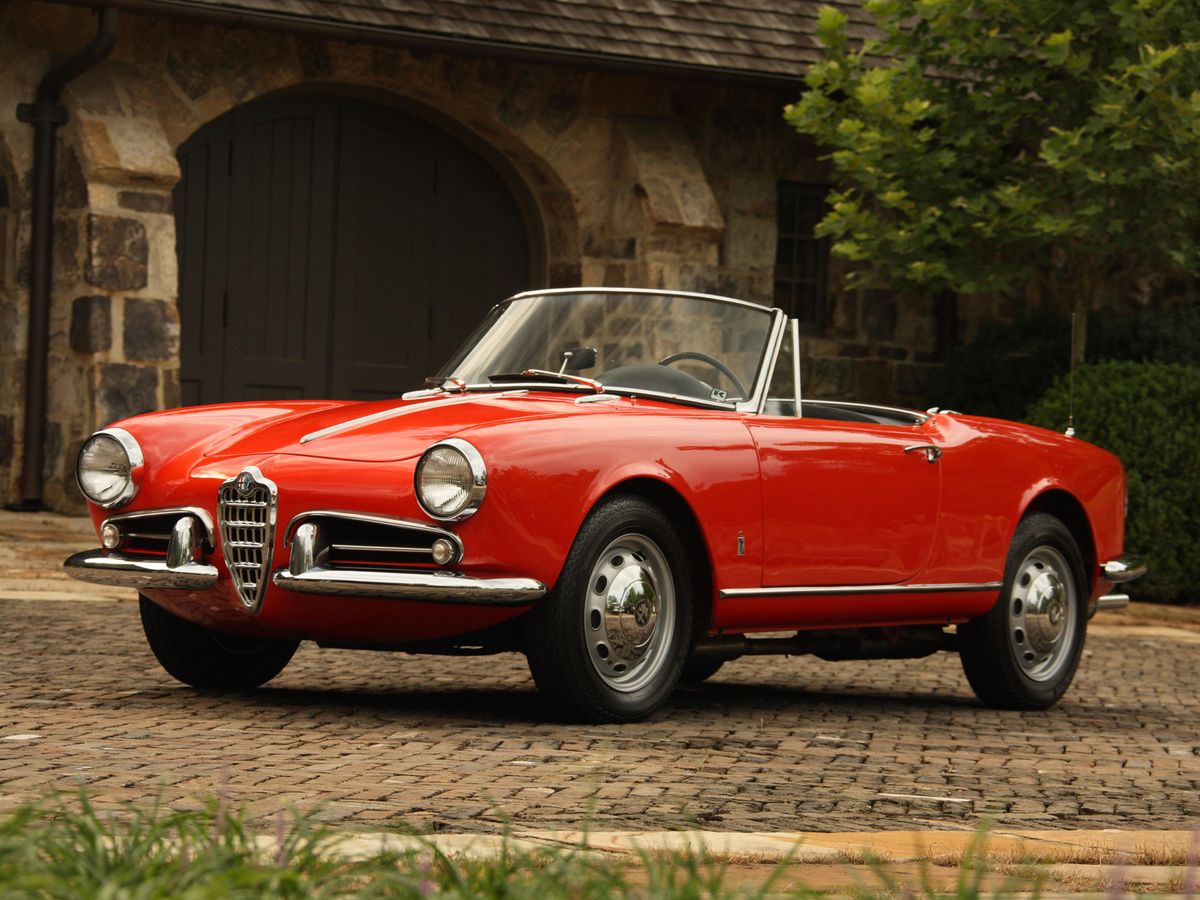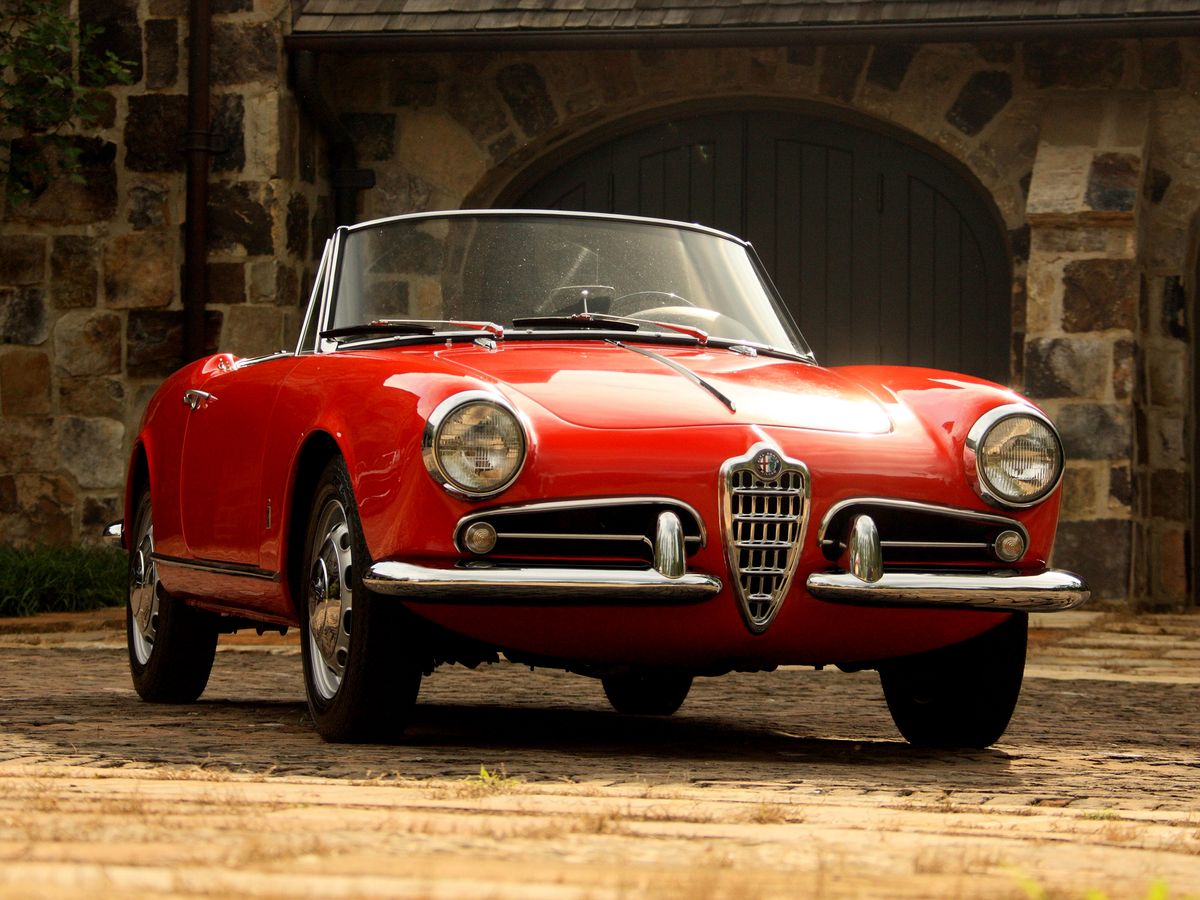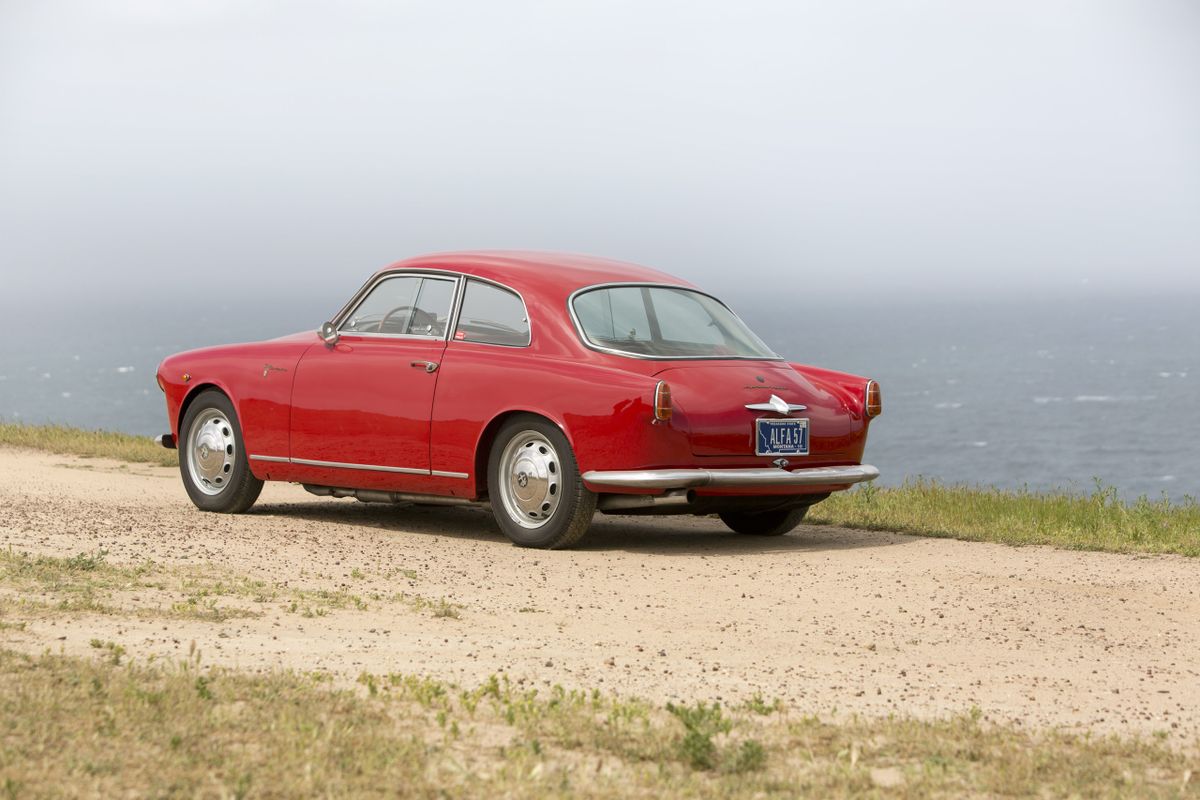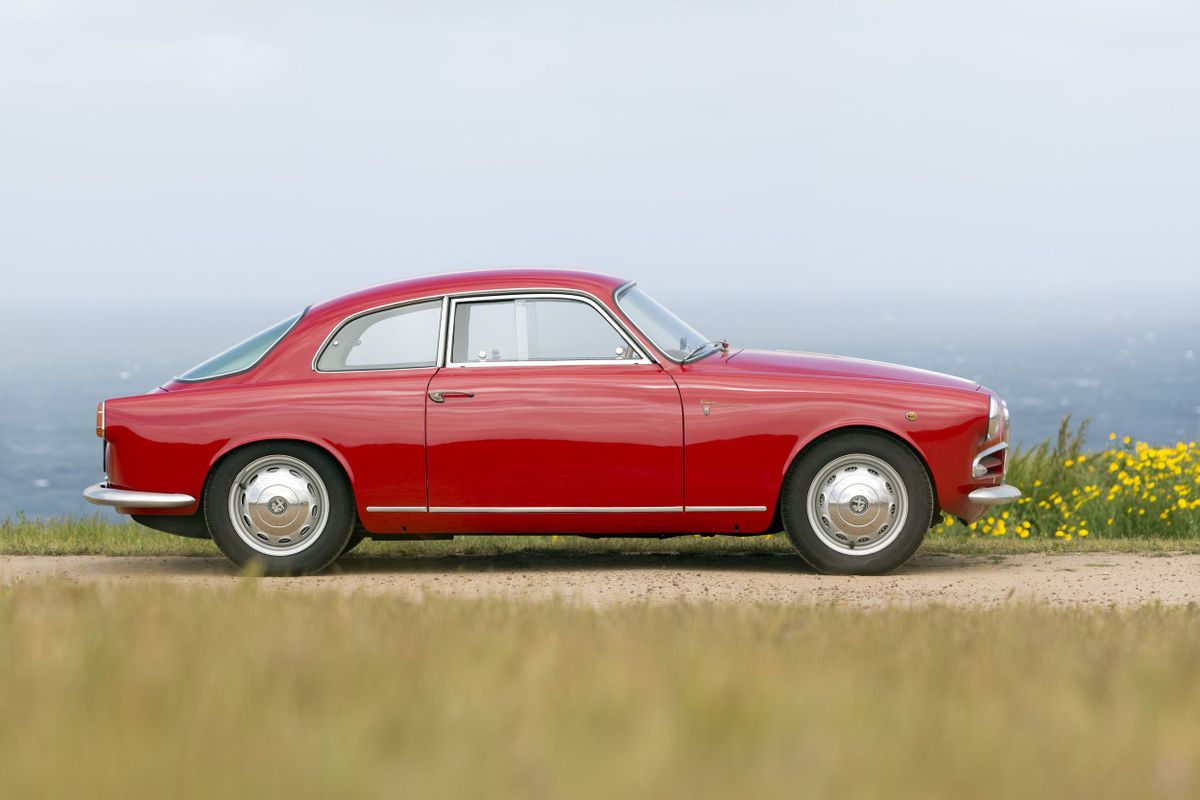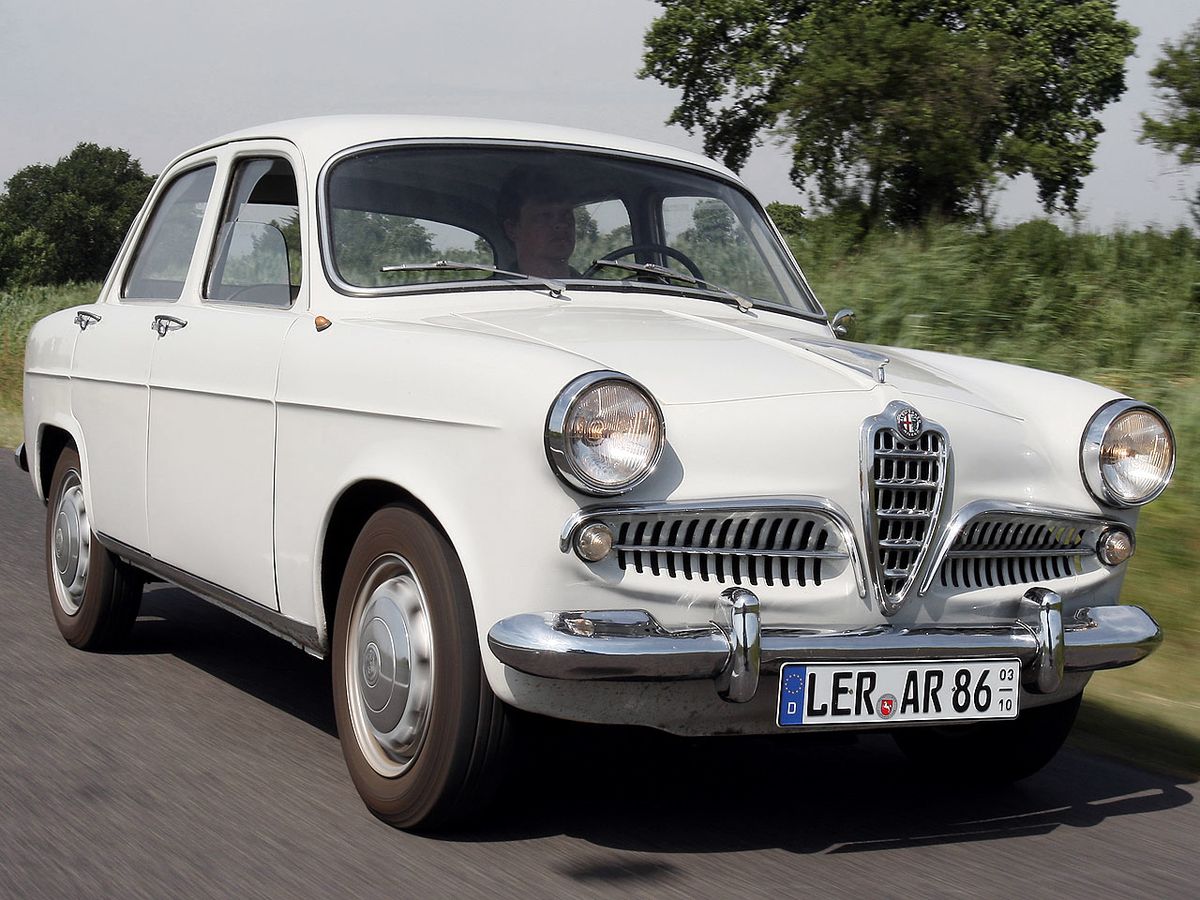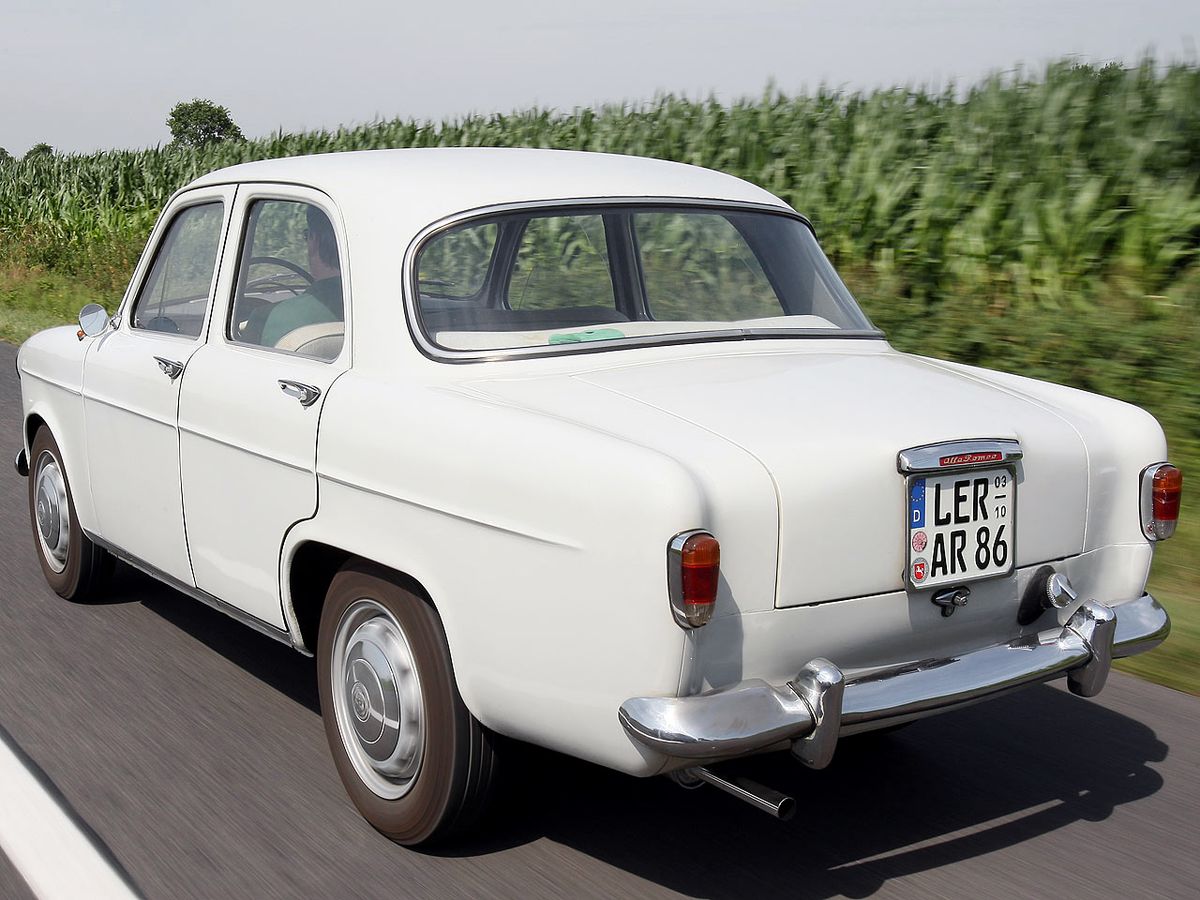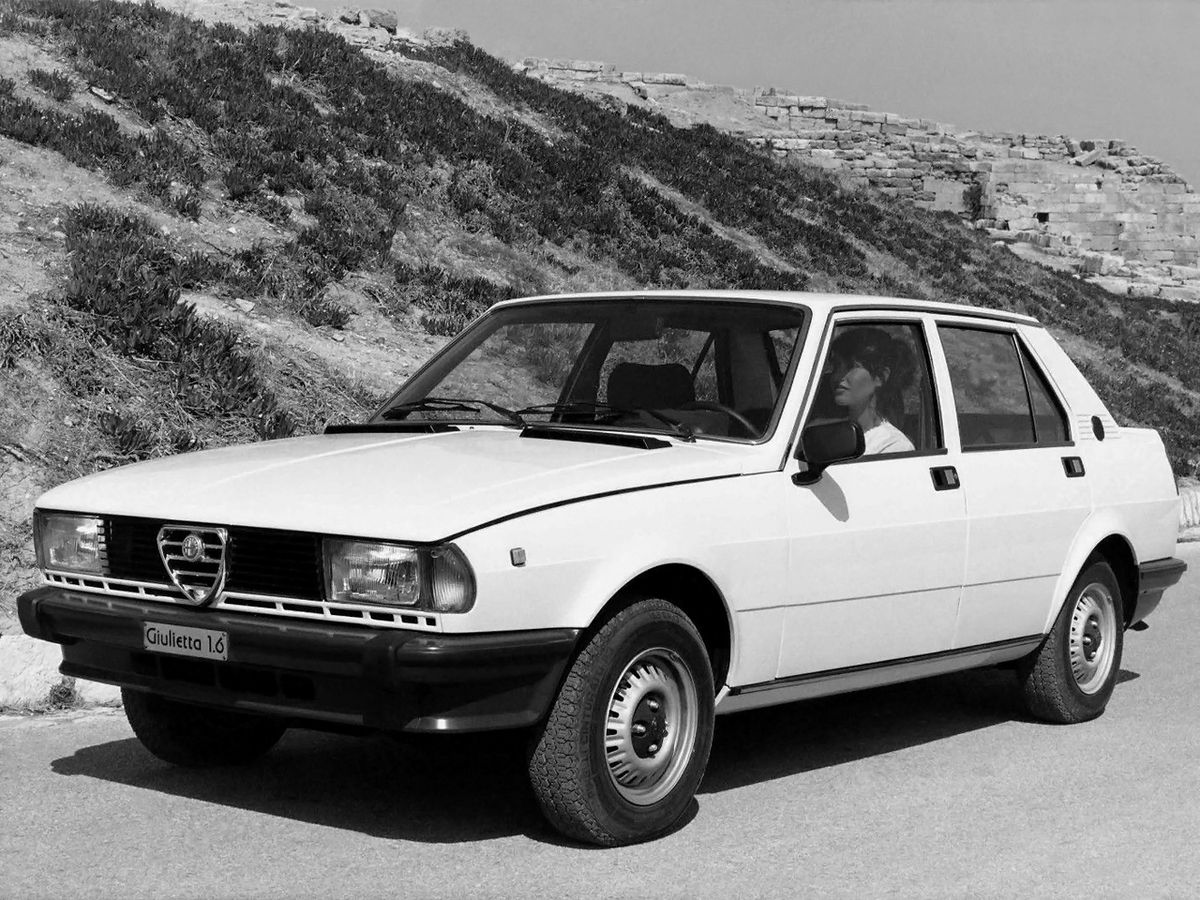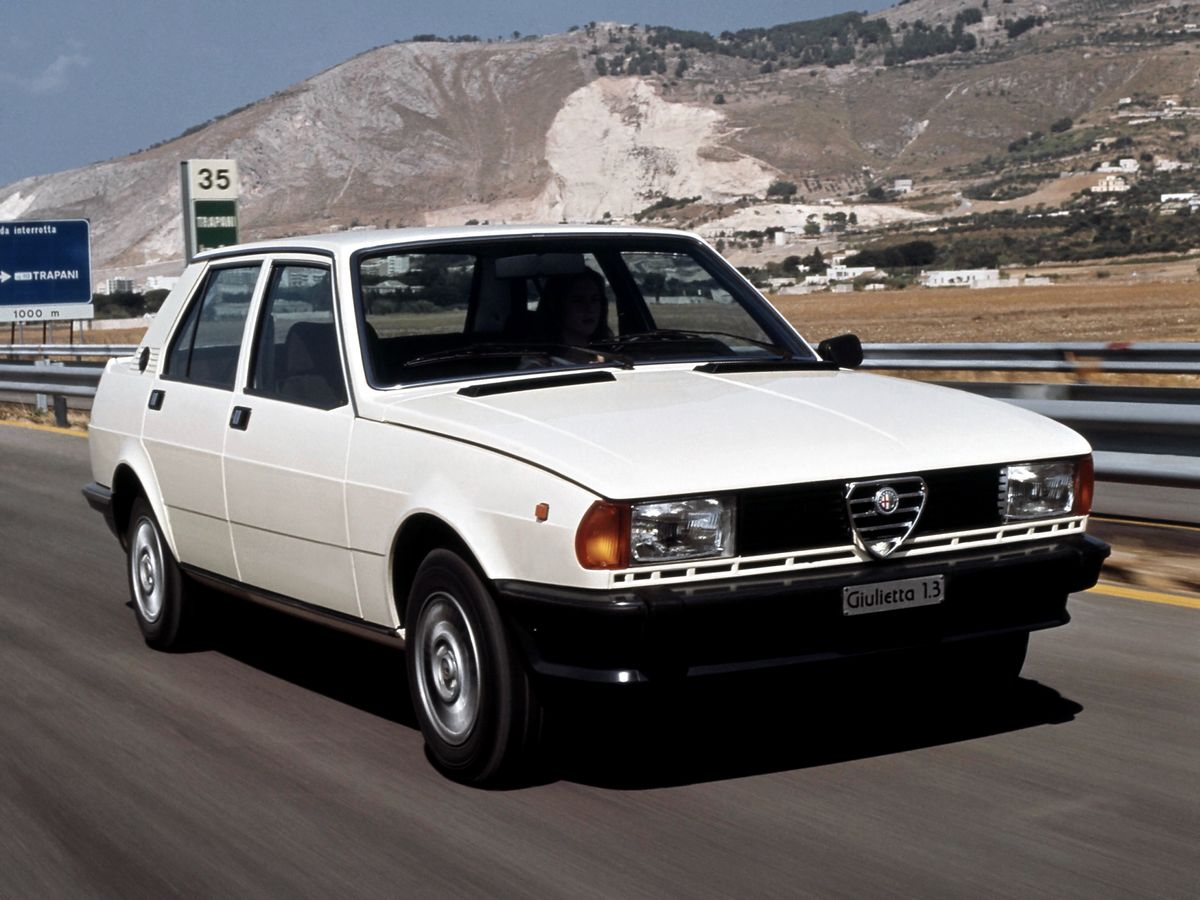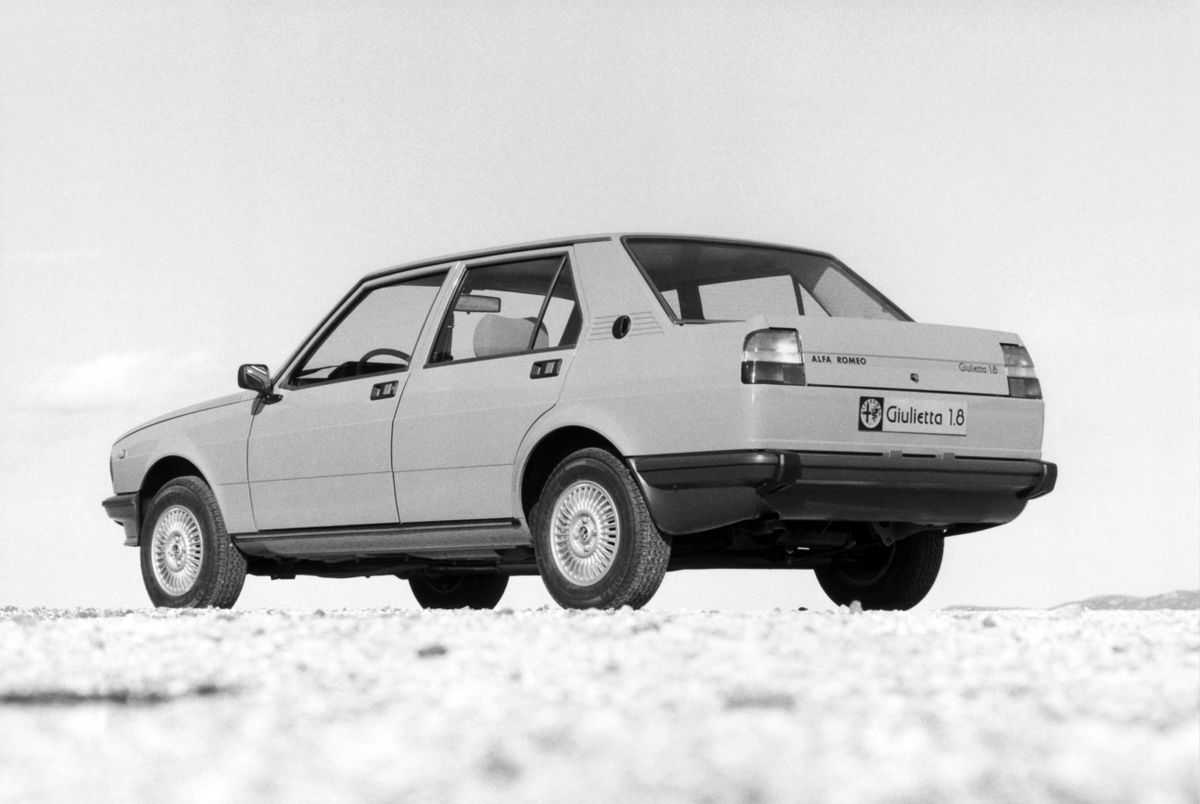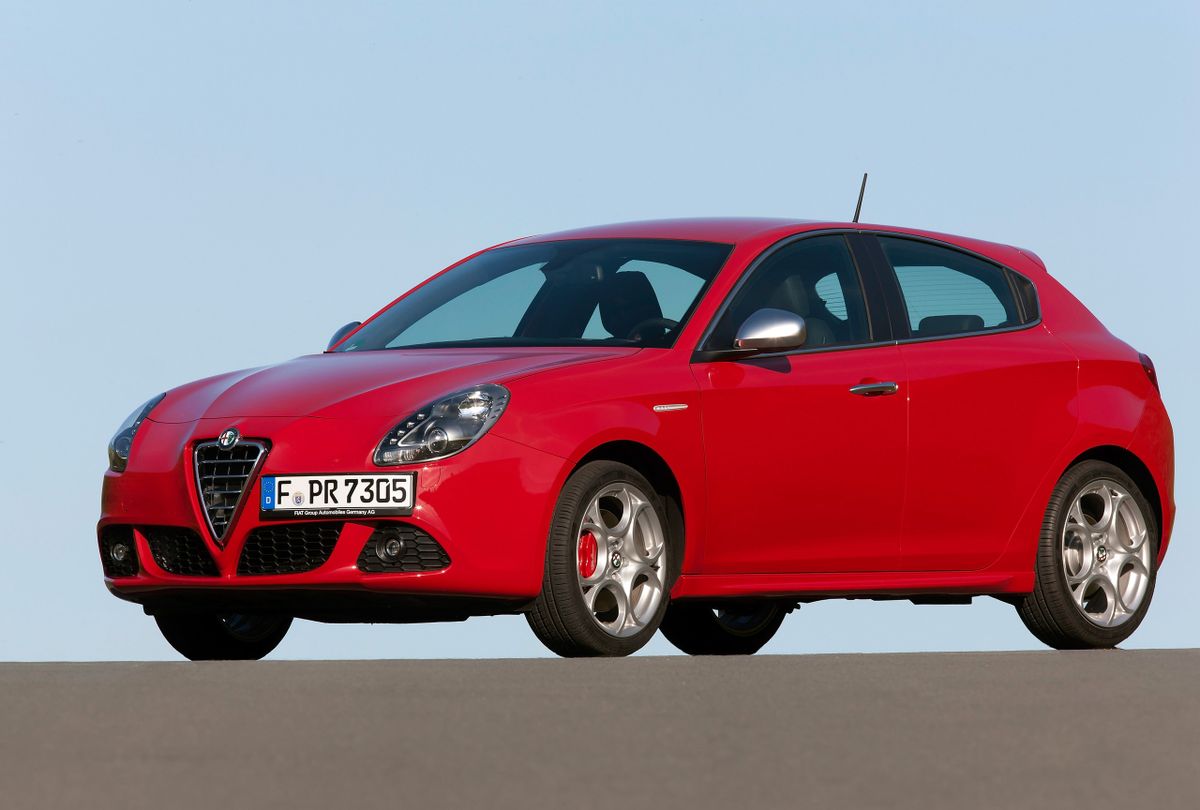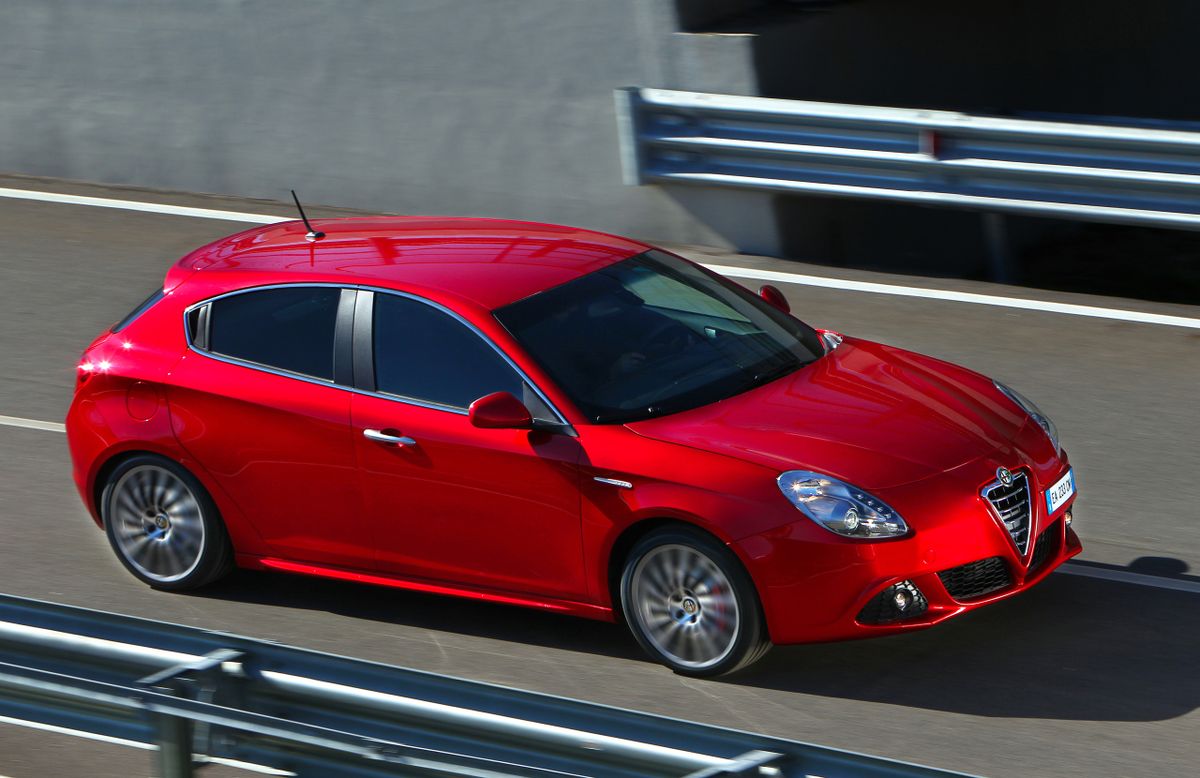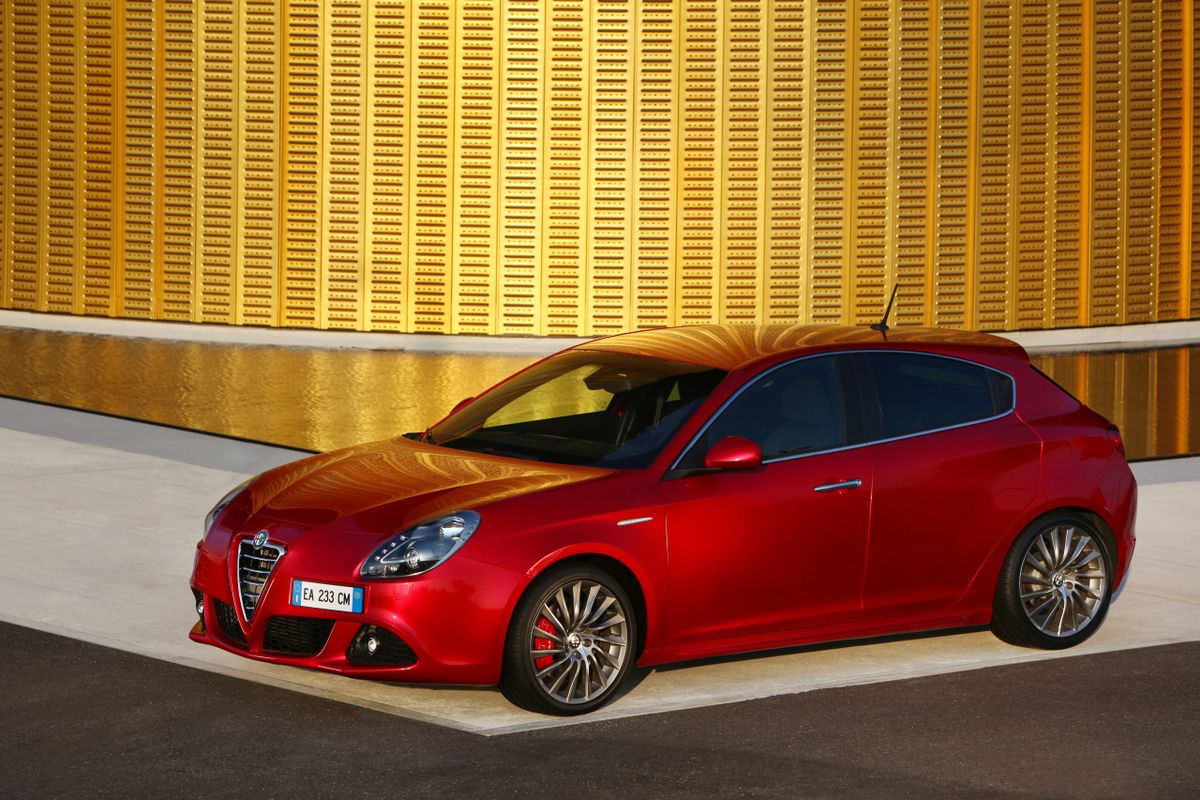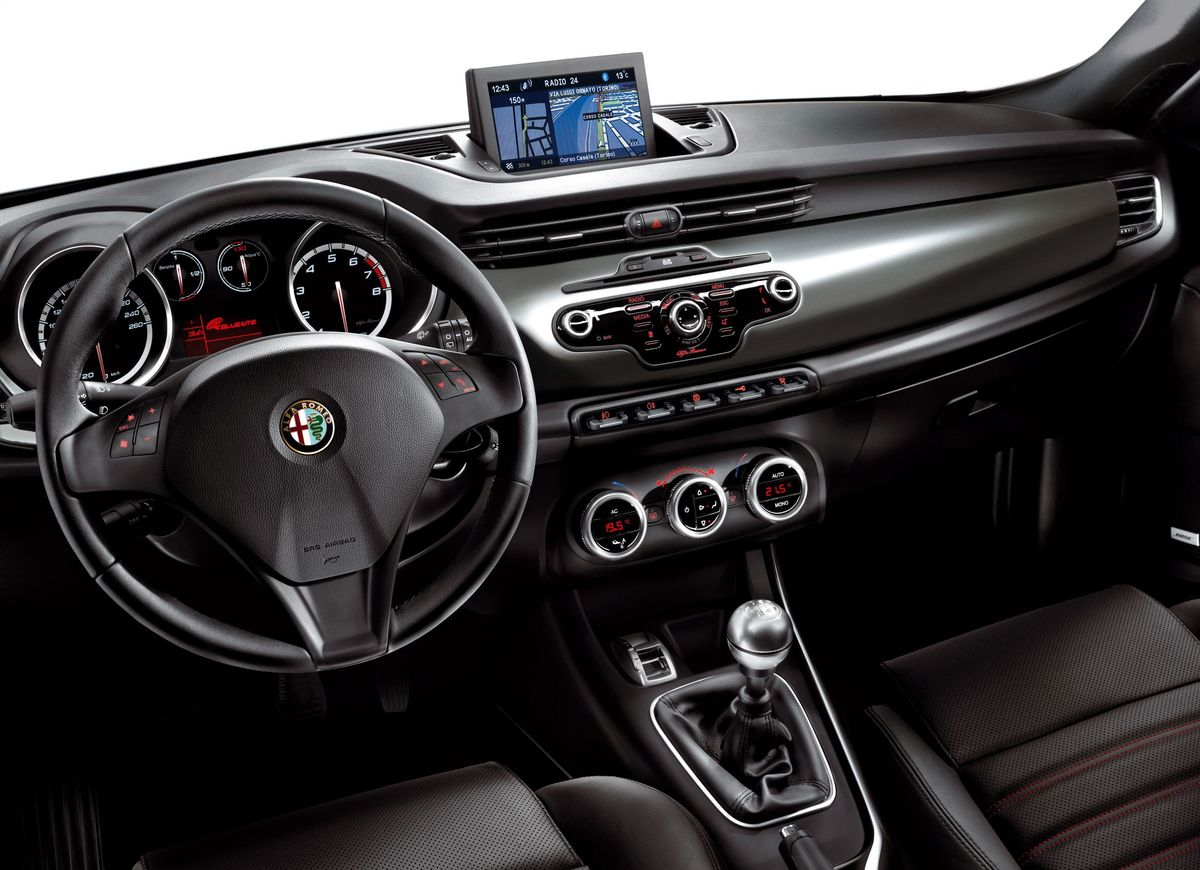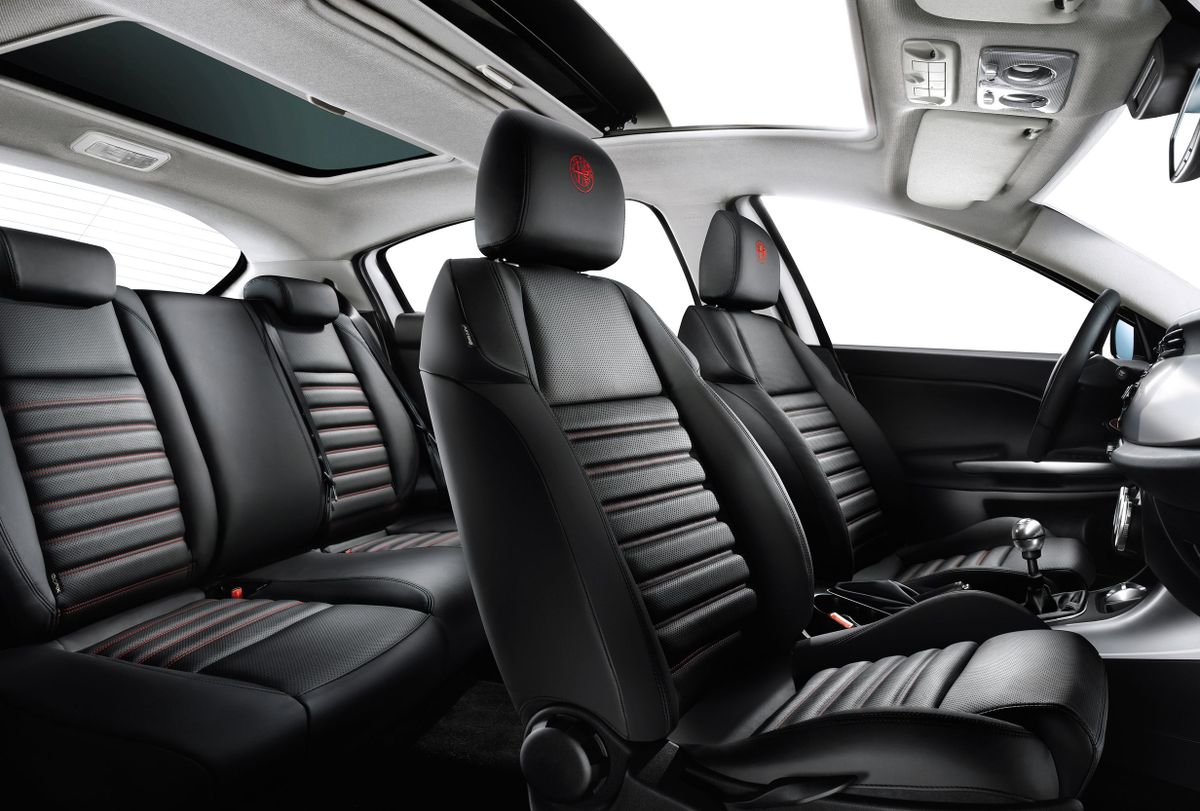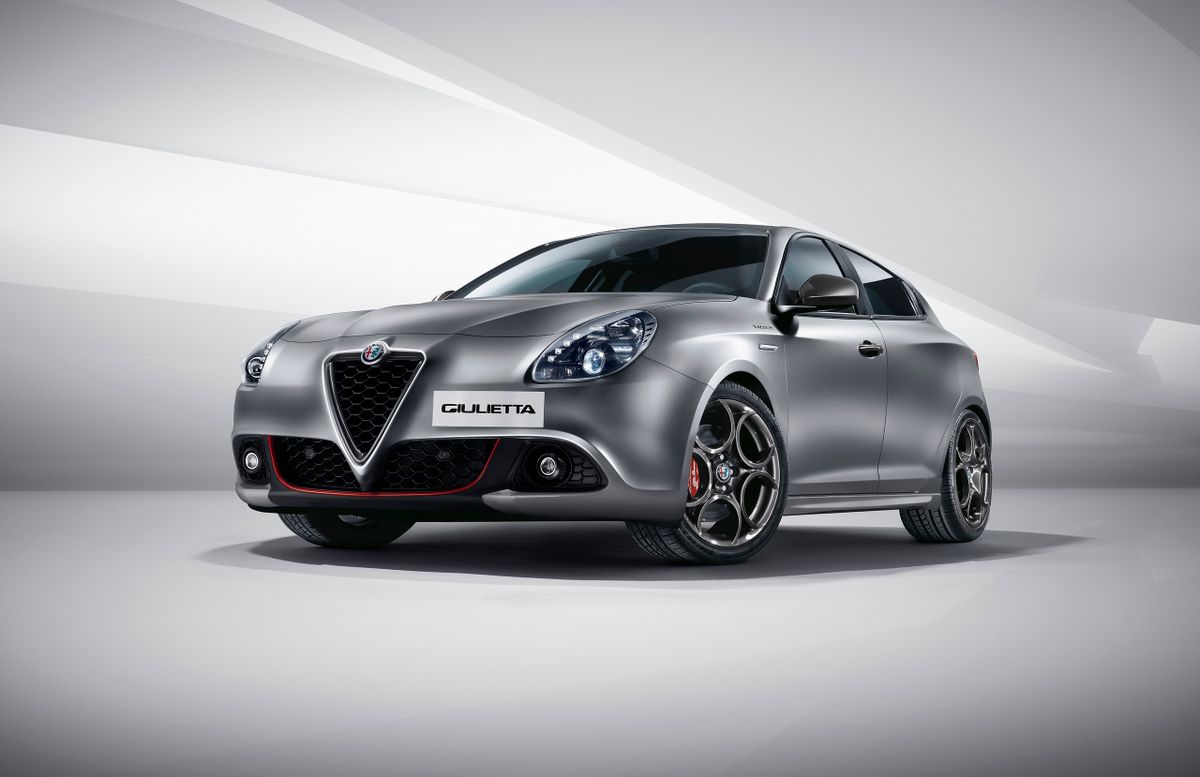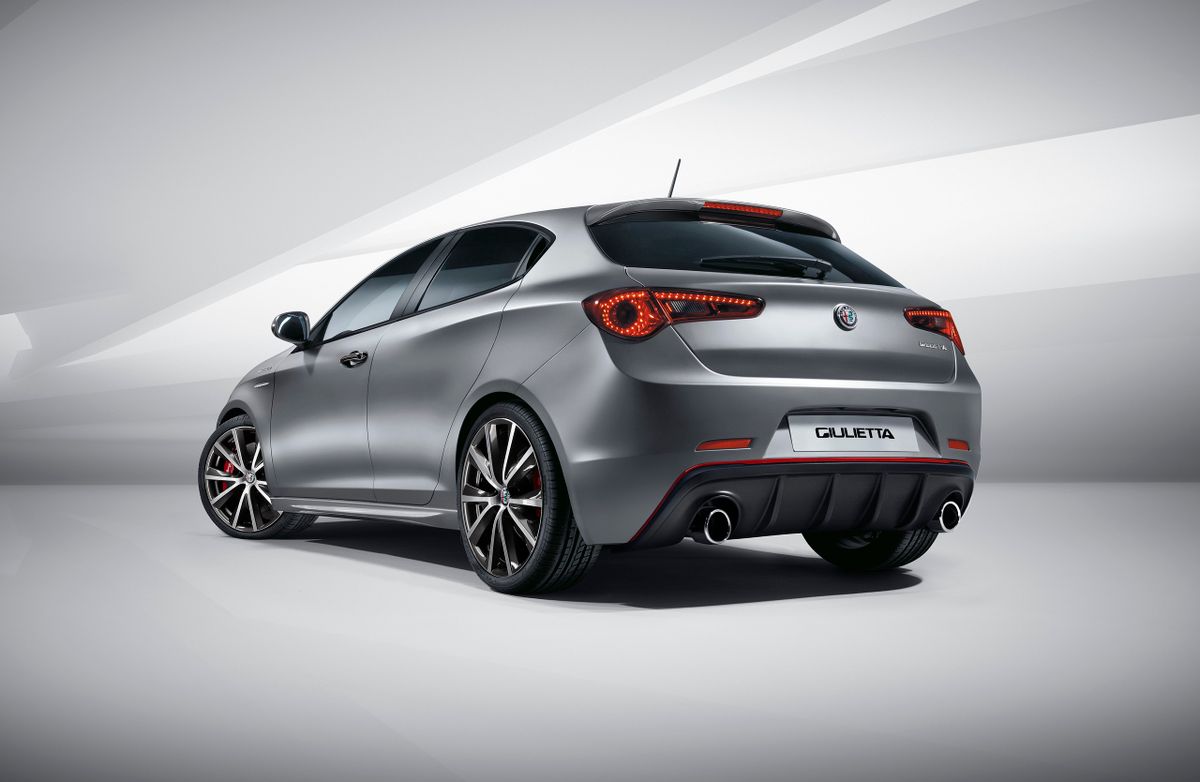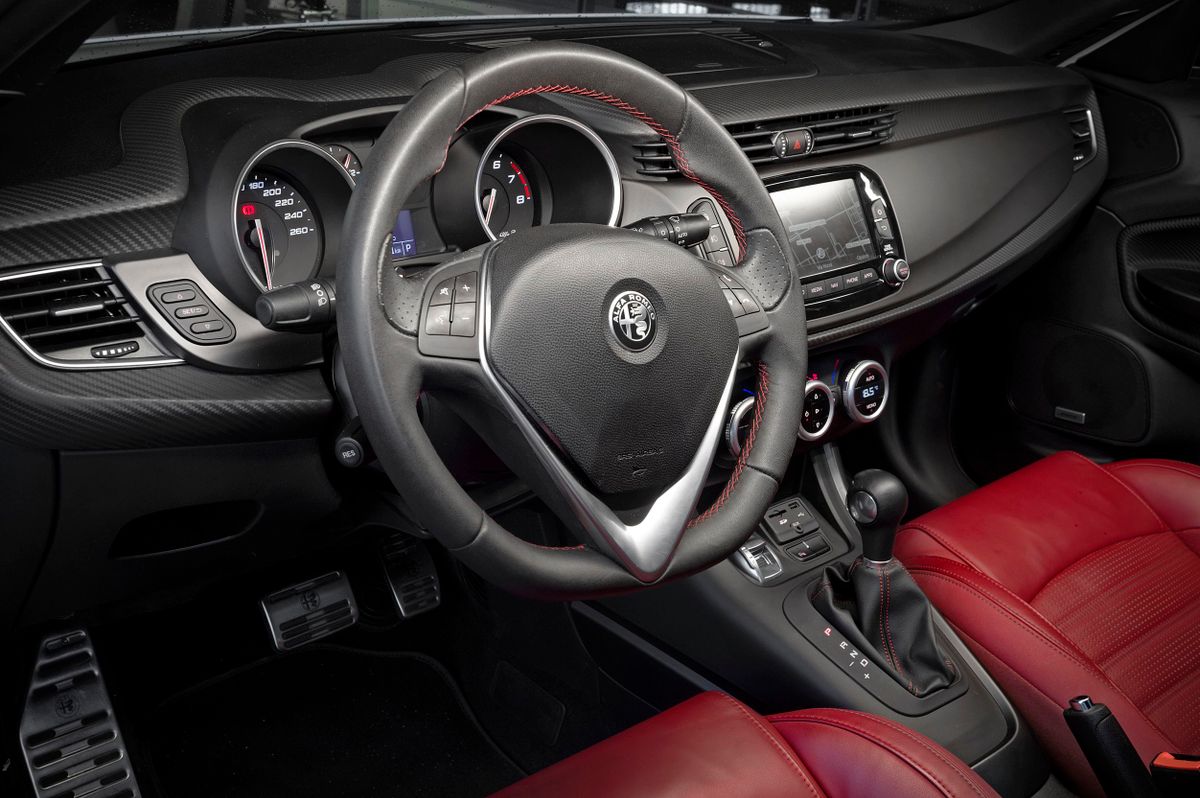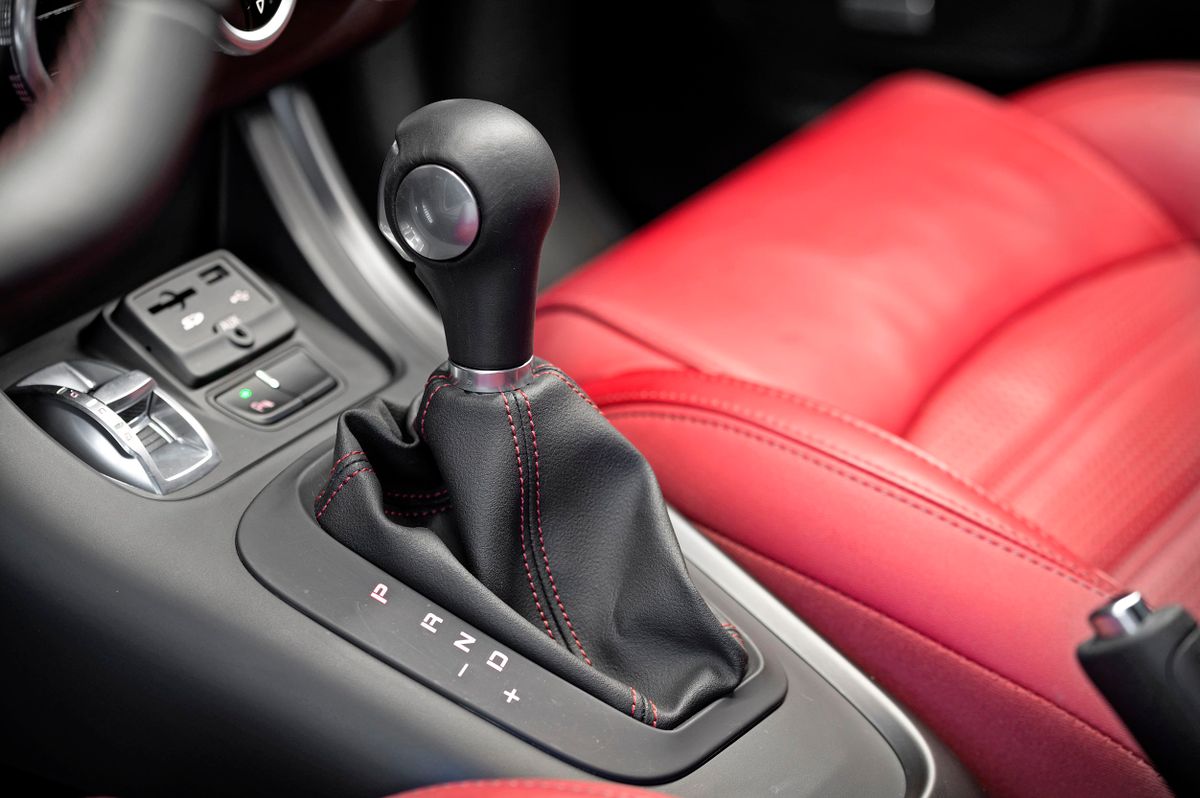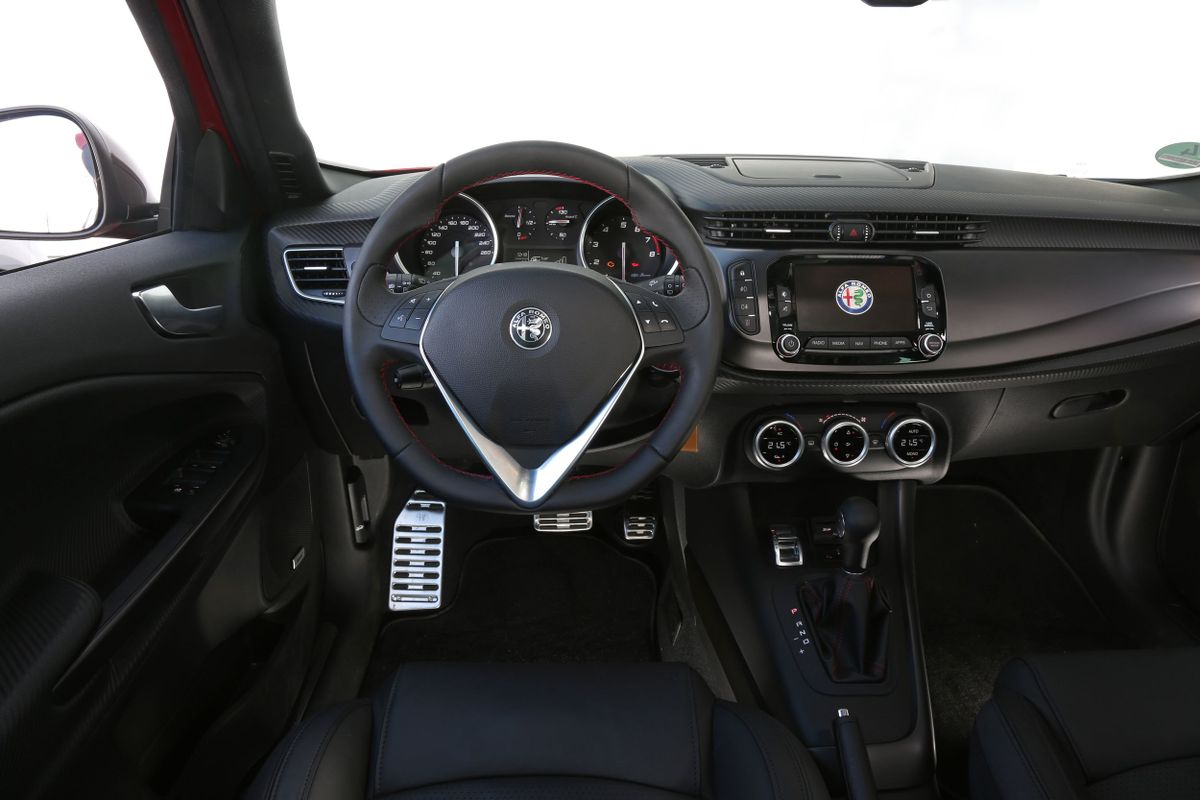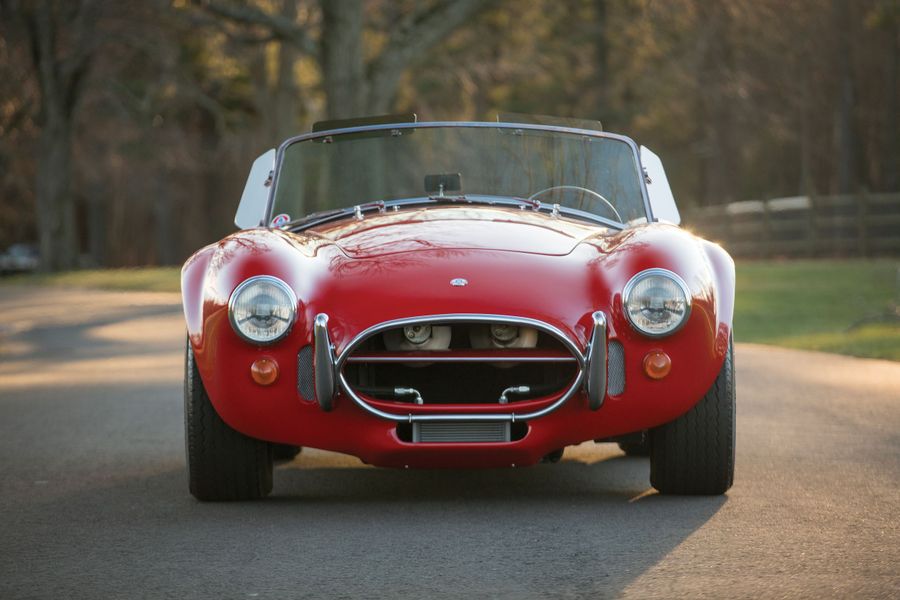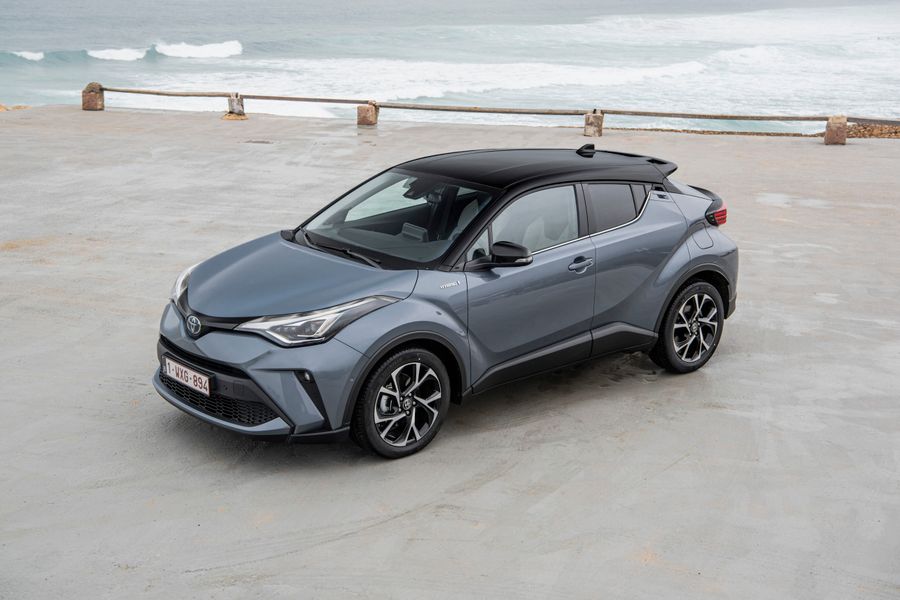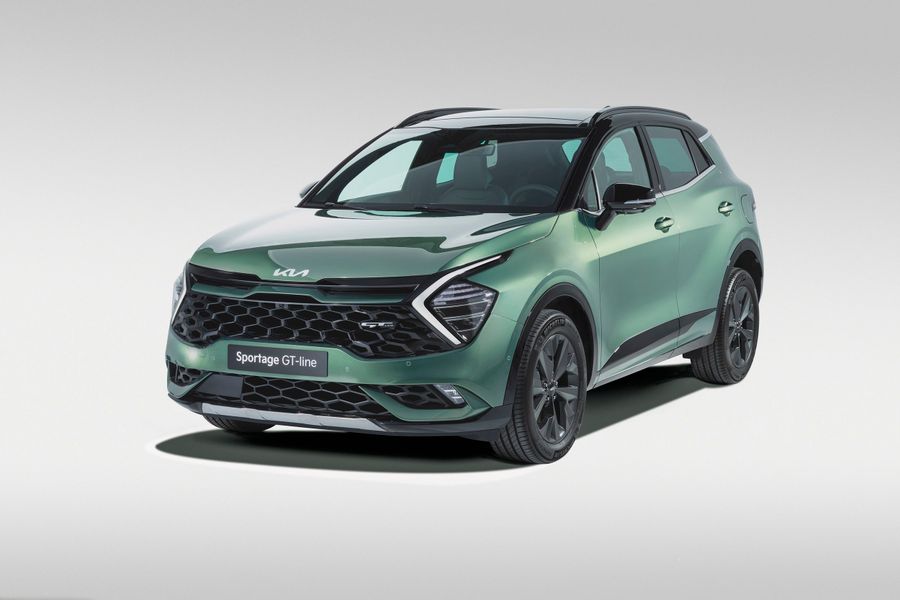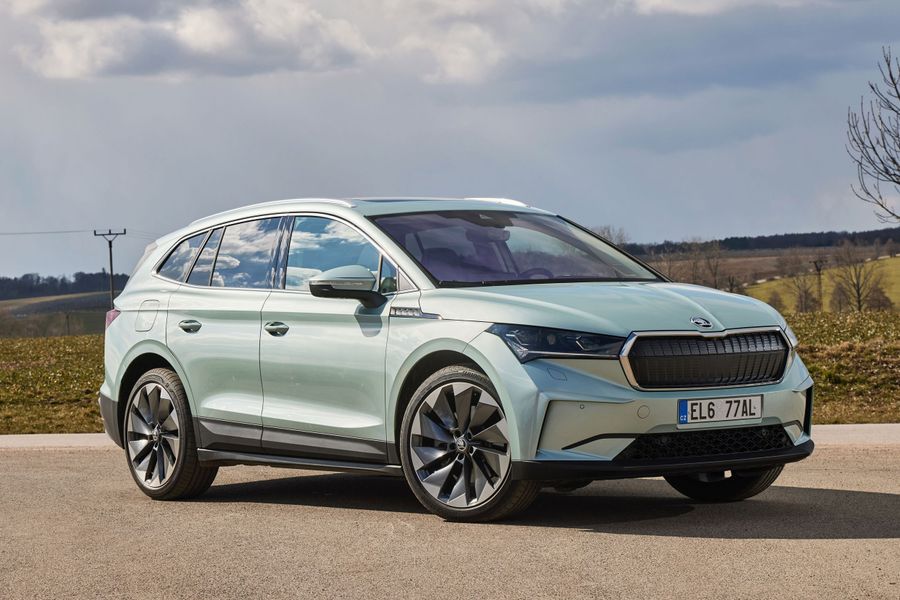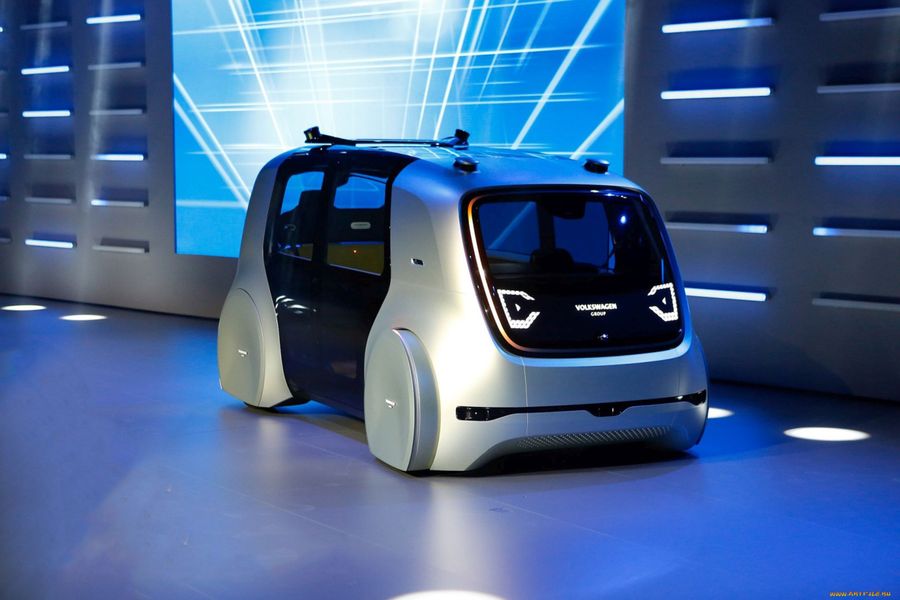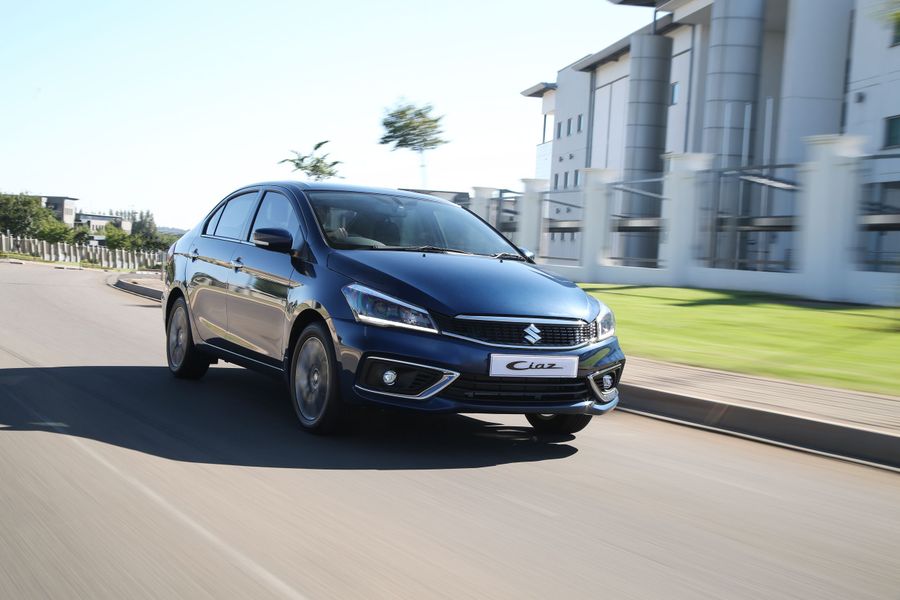
Alfa Romeo Giulietta. Yesterday and today
The Alfa Romeo Giulietta today is a five-door golf-class hatchback, produced since 2010. But back in 1954, the very first Giulietta was a coupe, sedan, cabriolet and even an estate. All the models had a front-engine layout, were 2-door 2-seater or 4-seater. Many eminent Italian designers of the twentieth century are associated with this beautiful Shakespearean name: Franco Scaglione from the Bertone studio, the Pininfarina design studio, Ercole Spada from Zagato.
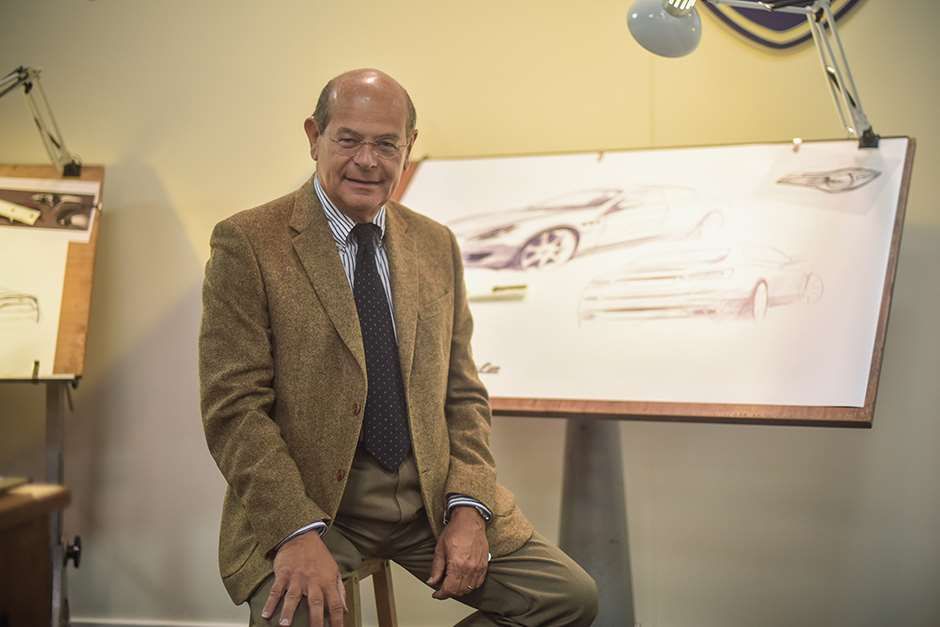
Today’s Giulietta is the heir to the legendary model. It was restyled several times and won the hearts of numerous fans. More than 410 thousand cars have been produced since 2010. This success was facilitated by the spectacular design of Lorenzo Ramaciotti, the title of the second European Car of the Year, as well as the advertising campaign featuring Uma Thurman. As a result, the Alfa Romeo Giulietta hatchback sold even better than the Giulia sedan. But, despite all of this, it was decided to stop the production of the Giulietta in 2020. And no successor is expected. The Giulia's place will be taken by the Tonale SUV, the first hybrid of the Alfa Romeo brand. We’d like to tell you about the legendary ‘yesterday’ and the revived ‘today’ of this amazing model, which has warmed the hearts of many fans.
The first generation
The first Giulietta was produced from 1954 to 1964. First there was a coupe called the Giulietta Sprint, created by the Bertone studio, followed by the Berlina sedan and the open 2-seater Giulietta Spider cabriolet by the Pininfarina design studio. In 1957, the more powerful Giulietta Ti (Turismo Internazionale) sedan was introduced. Then came the Giulietta Promiscua estate, developed by Carrozzeria Colli. Probably, it can be considered one of the first sports estates among cars with a small engine displacement. Another estate was developed by the Italian company Carrozzeria Boneschi, called the Weekendina.
The first Giulietta could serve as a model for many modern cars with an almost perfect body designed by the Bertone studio, a typically southern ‘temperament’, a comfortable interior, solid independent suspension, and road stability.
The first Giulietta could serve as a model for many modern cars with an almost perfect body designed by the Bertone studio, a 1.3-liter 4-cylinder in-line engine with 65 hp, a decent maximum speed of 165 km/h, a typically southern ‘temperament’, a comfortable interior, solid independent suspension, and road stability. The car had an original design: the engine was in front, the location was longitudinal, and the gearbox along with the differential was located at the rear. The model was rear-wheel drive, which ensured better weight distribution along the axles, which improved stability when driving. The car featured an independent suspension with longitudinal torsion bars at the front and a strong rear spring suspension, capable of withstanding poor quality roads.
But all the Alfa Romeo models were primarily distinguished by their engines, which were powerful, had good traction characteristics, were quite fuel-efficient and reliable, capable of providing a range of 150 thousand km without repair. The maximum speed developed by the first generation Alfa Romeo Giulietta varied from 165 to 190 km/h.
The second generation
It was produced from 1977 to 1985. The second Giulietta was named ‘new’, the Nuova Giulietta. It got its name from the classic 1954-1965 Giulietta, but the design was completely new, based on the Alfa Romeo Alfetta chassis (including the rear differential and drive). The rear-wheel drive car was offered only as a sedan. The range of engines included in-line naturally-aspirated four cylinder units with a volume of 1.3 to 2 liters (94-130 hp), as well as a 2-liter turbocharged diesel engine (81 hp). The car is distinguished by a rear-mounted gearbox. The manufacturer released a small lot (361 cars) of ‘charged’ Alfa Romeo Giulietta Turbodelta sedans with a 2-liter turbocharged engine with 170 hp. In 1985, the Alfa Romeo 75 appeared instead of the Giulietta.
The third generation
The Giulietta returned only in the 21st century. Thus, it was unveiled at the 2010 Geneva Motor Show. The beautiful Giulietta has completely changed. It is now a modern 5-door hatchback 4.35 m long, 1.8 m wide and 1.46 m high. The wheelbase is 2.63 m, and the trunk has a volume of 350 liters. In the best tradition of Italian design, the rear handles are hidden by the glass. Someone may find the car design too modern, even futuristic, but the radiator grille speaks of the opposite: it looks as if it has just been removed from the Giulietta of the 50s and inserted into the car of the second decade of the 21st century.
The brand-new Giulietta features a completely unique platform, designed specifically for it, with the laconic name Compact, which is 90% made of extra strong materials, including aluminum, magnesium alloys, and high-strength grades of steel. The car has a completely independent McPherson strut suspension at the front and a multi-link suspension at the rear. The hatchback has a front transverse arrangement of the power unit and exclusively front-wheel drive.
The new hatchback features a unique platform, front-wheel drive and a spectacular exterior.
After the restyling in 2016, the new Alfa Romeo Giulietta has preserved its successful exterior image. But the engine range has been largely revised. There are five options: Super, Sport, Executive, Veloce and just Giulietta. They all have a slightly different inner and outer design. For example, the Super version is distinguished by matt silver on the radiator grille, bumper, headlights and door handles, 16-inch wheels, chromed inserts in the rear bumper, dashboard in brushed anthracite style, new seats with the Alpha logo on the headrest, which can be tightened in chocolate, red or black leather for an additional fee.
There is a new body color Visconti Green. The car offers many finishes: fabric, leather or Alcantara in several colors and with different stitching. There are six equipment packages: Business, Convenience, Carbon Look, Red Racing, Yellow Racing, and Tech. They comprise popular options, such as a new multimedia system from Alpine with a 7-inch screen, Apple CarPlay and Android Auto, the Alfa Connect module, various network services, a set of rain and light sensors, and an electrochromic interior mirror.
The engines were redesigned in 2019 and are now rated for Euro 6D Temp emission standards. The 2019/2020 Alfa Romeo Giulietta comes with a 1.4-liter turbocharged four cylinder with 120 hp, 1.6-liter MultiJet diesel engines with 120 hp, paired with manual transmission or Alfa TCT robotic gearbox or 2-liter engines producing with 170 hp, paired with a robotic gearbox. The ‘charged’ modification Veloce (formerly called the Quadrifoglio Verde) is equipped with a 240-horsepower engine. All transmissions are 6-speed. Depending on the trim level, the Alfa DNA mode selector can have an effect on engine response, transmission performance, stability control and traction control, as well as the front electronic limited slip differential.

